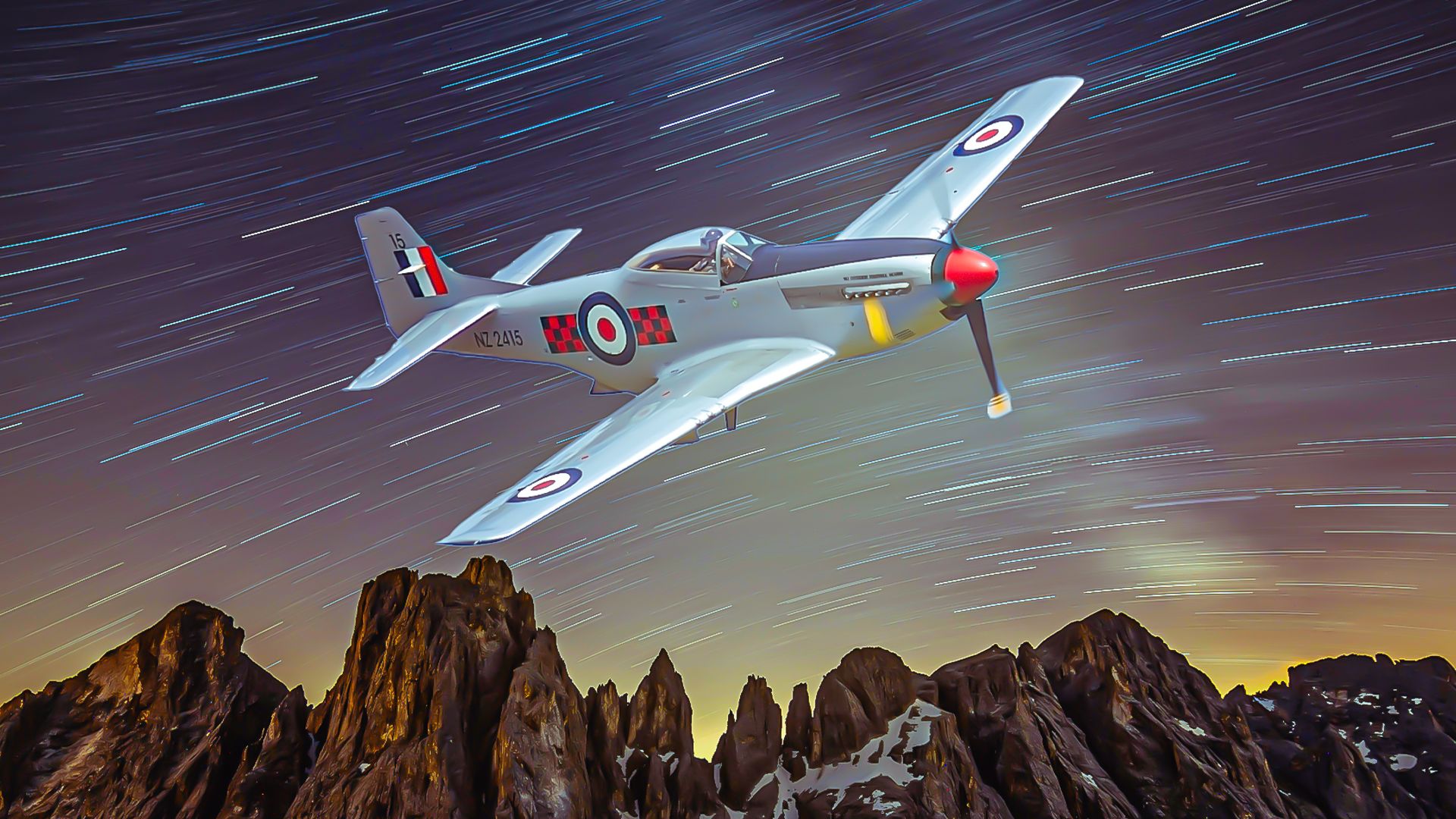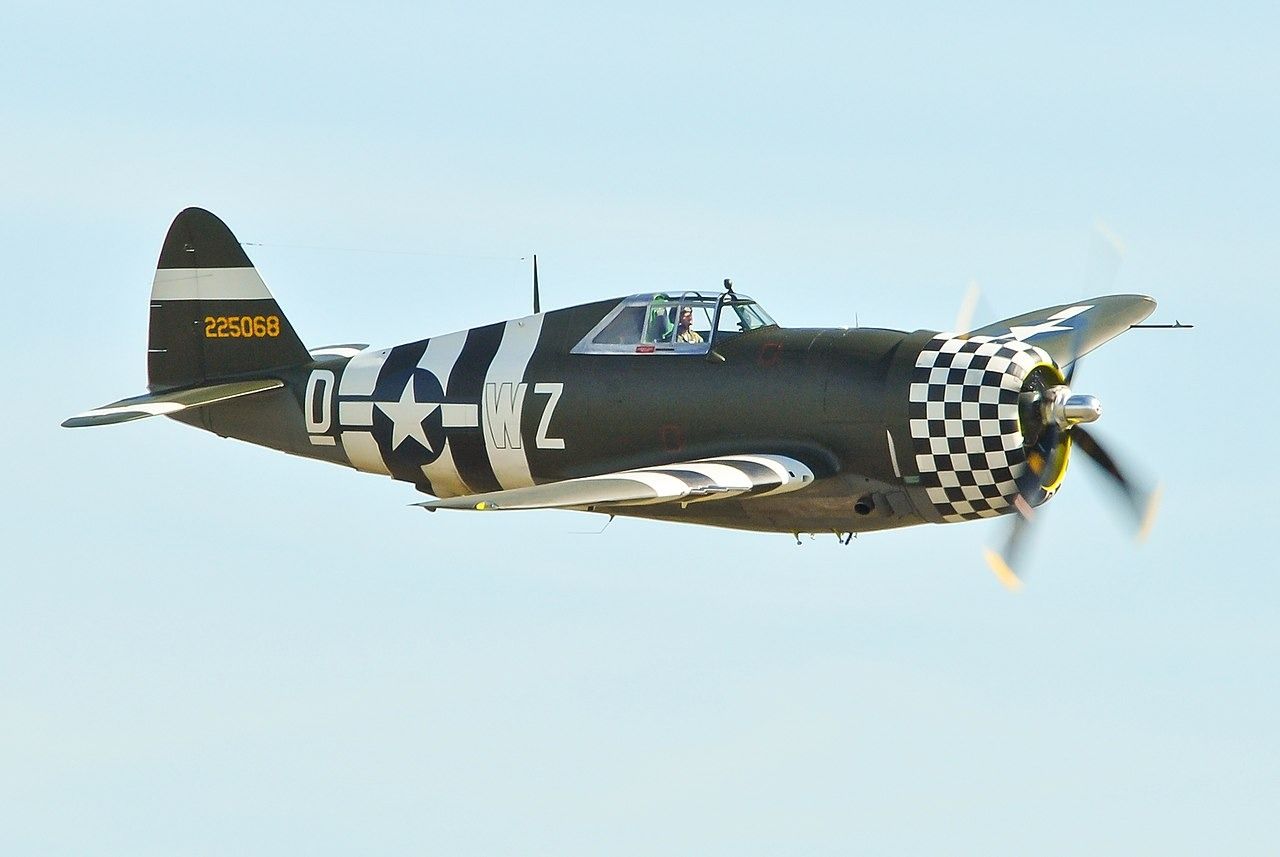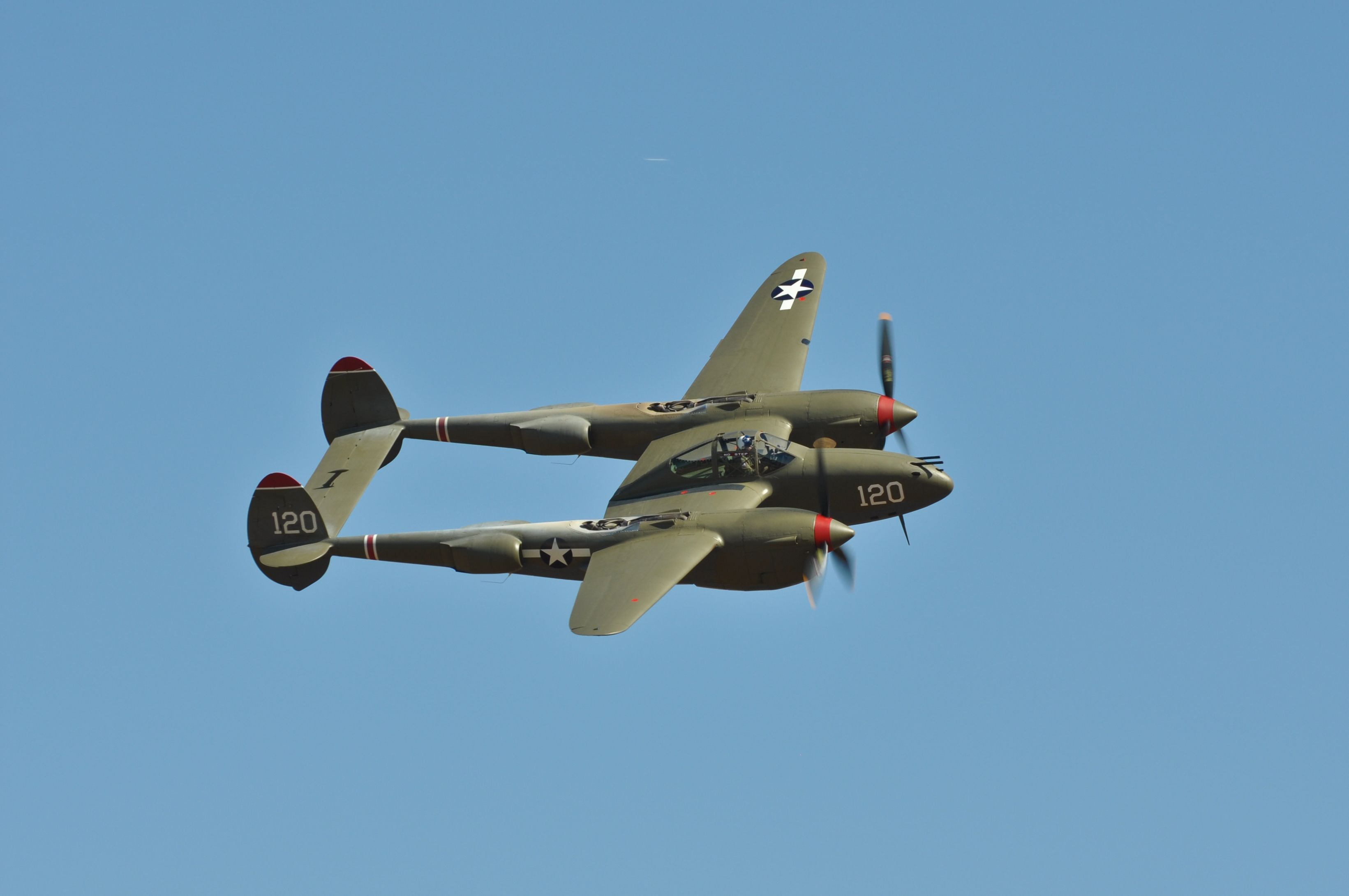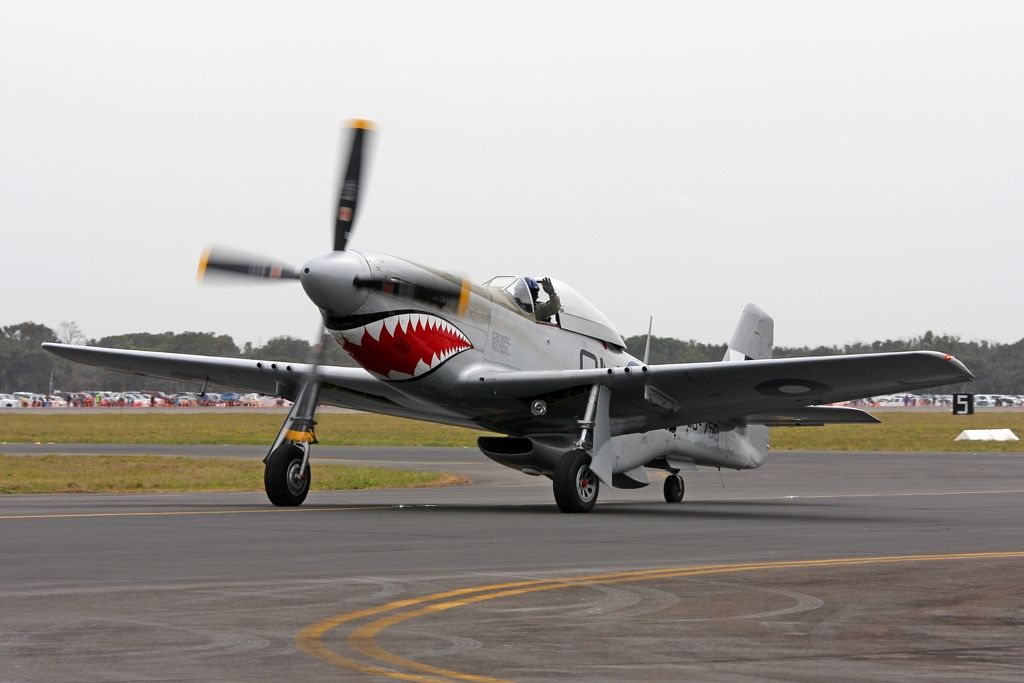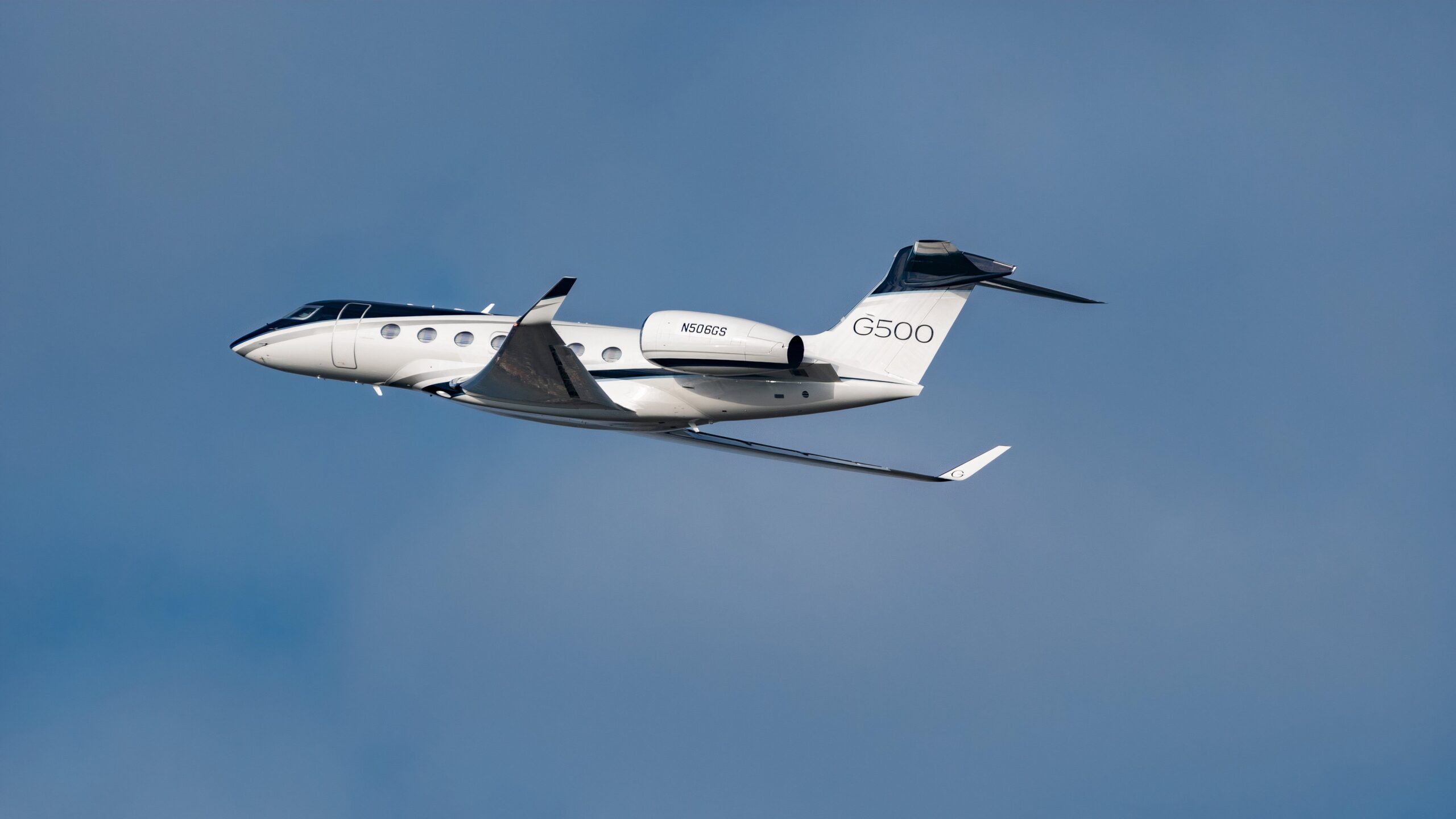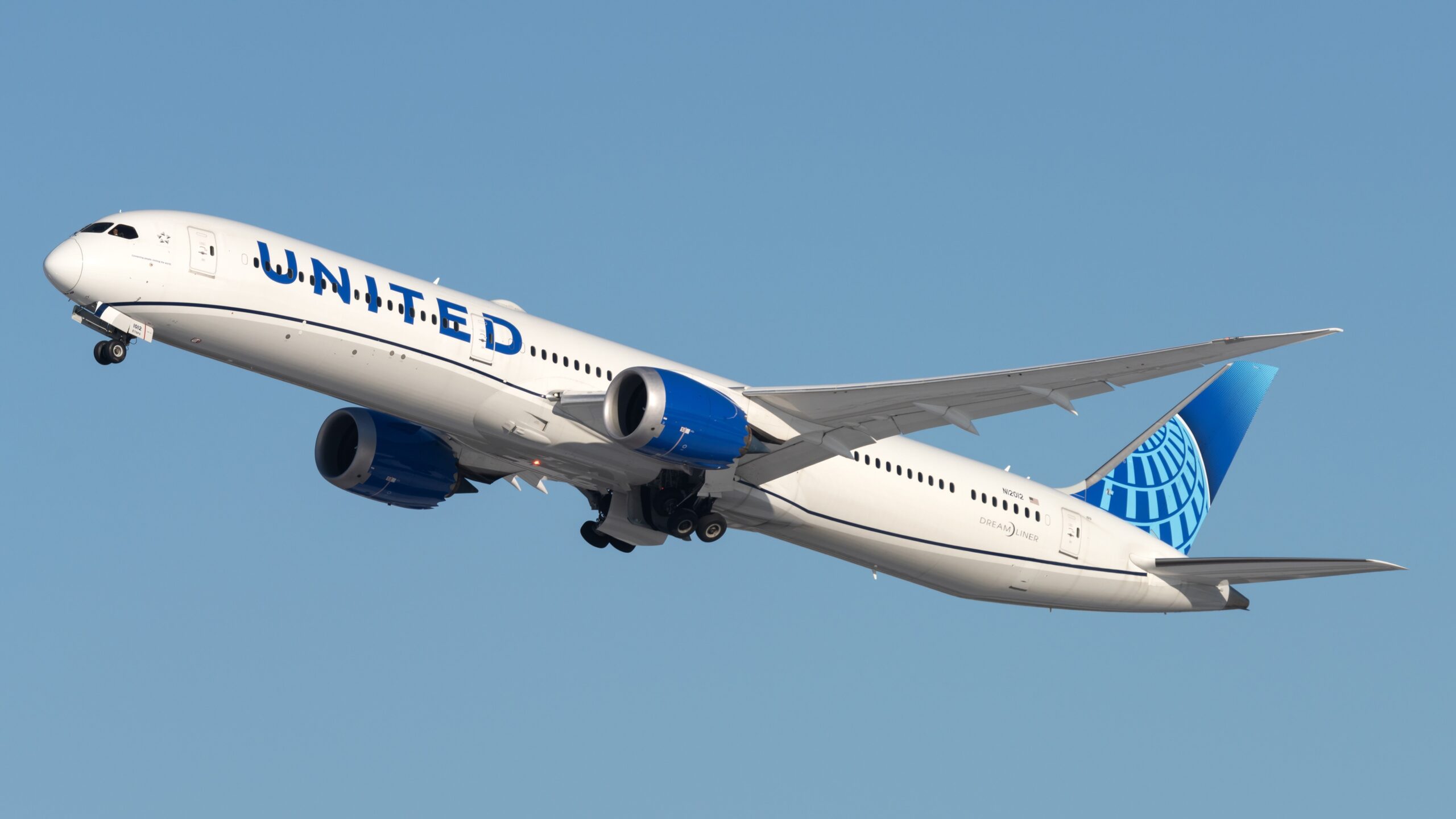The US Army Air Forces escort fighters provide a protective umbrella above its bomber aircraft to prevent bomber losses during critical combat missions. The USAAF’s strategic bombing campaigns have greatly benefited from the use of escort airplanes, such as the P-47, P-38, and P-51. Their agility and in-flight abilities significantly reduced heavy bomber losses for the US Military in the 1940s.
According to the National Museum of the US Air Force,
“By early 1944, improvements to the P-47 and P-38, and the introduction of droppable fuel tanks and the P-51, solved the fighter range problem. Heavy bomber losses decreased while enemy fighter pilot casualties rose dramatically. These Luftwaffe losses broke its fighter force, leaving it unable to counter the D-Day invasion in June 1944.”
This article explores the three escort aircraft, their capabilities, and remarkable achievements that resulted in numerous victories for the US forces.
Republic P-47 Thunderbolt
First flight: May 6, 1941
- Length: 36 ft 1 in (11.02 m)
- Wingspan: 40 ft 9 in (12.43 m)
- Height: 14 ft 8 in (4.472 m)
- Max takeoff weight: 17,500 lb (7,938 kg)
- Powerplant: 1 × Pratt & Whitney R-2800-59 18-cylinder air-cooled radial piston engine, 2,000 hp (1,500 kW)
- Maximum speed: 426 mph (686 km/h, 370 kn) at 30,000 ft (9,100 m)
- Range: 1,030 mi (1,660 km, 900 NM)
- Service ceiling: 42,000 ft (13,000 m)
The Republic P-47 Thunderbolt is an escort fighter aircraft designed and developed by Republic Aviation in the early 1940s. The aircraft performed its first flight in May 1941 and entered military service in November 1942. The high-altitude fighter performed various roles, including bomber escort, ground attack, and bombing, with the capability to carry up to 2,500 lb (1,100 kg) of bomb load. With a maximum load of over 20,000 lbs (8,000 kg), the P-47 was one of the heaviest fighters of the Second World War.
The manufacturer continued to improve the design and capabilities and steadily increased the range of escort missions. With an operational range of over 1,000 NM (1,850 km), the P-47 Thunderbolt could accompany heavy bombers in combat raids into Germany. The aircraft carried bombs during short-range missions, shooting ground targets. More than 15,000 aircraft were produced between 1941 and 1945.
Lockheed P-38 Lightning
First flight: January 27, 1939
- Length: 37 ft 10 in (11.53 m)
- Wingspan: 52 ft 0 in (15.85 m)
- Height: 12 ft 10 in (3.91 m)
- Max takeoff weight: 21,600 lb (9,798 kg)
- Powerplant: 2 × Allison V-1710 (-111 left-hand rotation and -113 right-hand rotation) V-12 liquid-cooled turbo-supercharged piston engine, 1,600 hp (1,200 kW) each
- Maximum speed: 414 mph (666 km/h, 360 kn) on Military Power: 1,425 hp (1,063 kW) at 54 inHg (1.829 bar), 3,000 rpm and 25,000 ft (7,620 m)
- Combat range: 1,300 mi (2,100 km, 1,100 nmi)
- Ferry range: 3,300 mi (5,300 km, 2,900 NM)
- Service ceiling: 44,000 ft (13,000 m)
The Lockheed P-38 Lightning is a twin-engine fighter escort aircraft developed by Lockheed Corporation. Designed to serve the United States Army Air Corps (USAAC), the P-38 has a distinctive twin-boom design. The aircraft was equipped with drop tanks for a long-range escort fighter.
Photo: Brandon Bourdages | Shutterstock
The P-38 was used for several purposes, including as a night fighter and a bomber pathfinder. The USAAC utilized its fleet of P-38s to guide streams of medium and heavy bombers to their targets. In some specific missions, the USAAC P-38s filled the roles of fighter-bomber and destroyer aircraft.
In 1943, 16 P-38 Lightning aircraft were dispatched to the Pacific to fly a 1,000-mile-long mission spread over five legs. The mission took place to intercept the Japanese admiral Isoroku Yamamoto. As Lockheed Martin reconciles,
“It proved to be a turning point in the war. After intercepting the admiral and his escort of Zero fighters, Japanese naval morale was crushed, and Allied morale soared. The intercept helped set the stage for an Allied victory in the Pacific.”
More than 10,000 examples of the P-38 Lightning were produced between 1941 and 1945.
North American P-51 Mustang
First flight: October 26, 1940
- Length: 32 ft 3 in (9.83 m)
- Wingspan: 37 ft 0 in (11.28 m)
- Height: 13 ft 4.5 in (4.077 m)
- Max takeoff weight: 12,100 lb (5,490 kg)
- Powerplant: 1 × Packard (Rolls-Royce) V-1650-7 Merlin 12-cylinder liquid-cooled engine, 1,490 hp (1,110 kW) at 3,000 rpm; 1,720 hp (1,280 kW)
- Maximum speed: 440 mph (710 km/h, 383 kn)
- Range: 1,650 mi (2,660 km, 1,434 NM) with external tanks
- Service ceiling: 41,900 ft (12,800 m)
The P-51 Mustang is a long-range fighter-bomber used for escort and other combat missions during World War II and the Korean War. Designed and developed by North American Aviation, the P-51 performed its first flight in October 1940 and entered the US Army Air Forces (USAAF) service in 1942.
At the time, the USAAF incorrectly believed that the tight formation of heavy bombers having tons of firepower was sufficient to overcome fighters. While that proved wrong and the idea of having fighter escort was discussed, the P-51 Mustang, along with P-38 Lightning and P-47 Thunderbolt, was the most appropriate choice of aircraft.
The US military forces recognized that the P-51, with an endurance of nearly five hours, was the most promising plane for the escort role.

